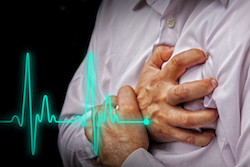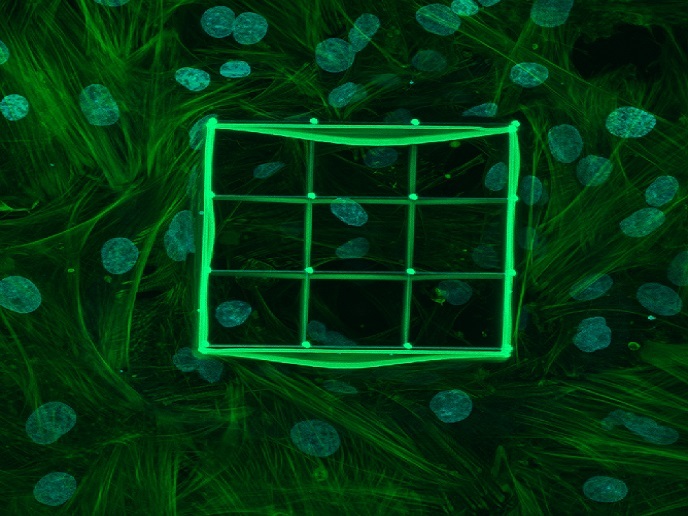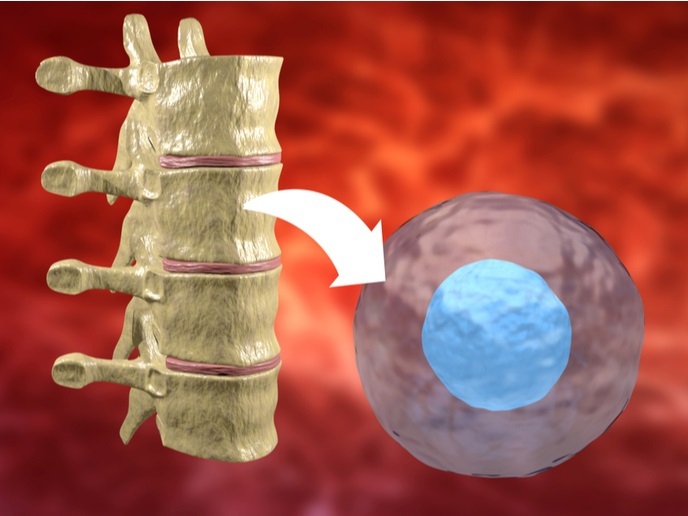Damaged heart could benefit from latest research into tissue regeneration
Stem cell therapies, material-based approaches – all are being harnessed in the bid to find ways of making heart tissue regeneration less damaging. But success so far has been limited by the lack of detailed knowledge concerning the mechanisms behind regeneration and the technology to guide the regenerative process. As the StressFate project’s lead researchers, Professor Cecilia Sahlgren and Professor Carlijn Bouten explain, the regeneration process requires the specialisation of cardiac stem cells in combination with a remodelling of the extracellular matrix to form a functional, contractile tissue. One possible pathway has been explored by the Stressfate project, with intriguing results. What is known as the Notch signalling pathway, (a cell-to-cell communication pathway that regulates development, homeostasis and repair of cardiovascular tissues), offers a unique therapeutic target for regeneration of the heart. “But we know nothing about the crosstalk between Notch and the biomechanical microenvironment,” says Prof. Sahlgren. “So we aimed to develop an in vitro model system using in situ differentiation of cardiac stem cells on 3-dimensional microtissue.” The microtissue is a 3D ‘gel’, composed of natural extracellular matrix components enclosing cardiac stem cells. The gel can be stimulated in various ways, electronically, or by adding other cell types, varying levels of oxygen and nutrients, and mechanically. For mechanical stimulation the gel is rhythmically expanded to mimic the beating of the heart. A greater understanding of how Notch impacts on the heart’s bio-mechanics “We showed that the cardiac repair factor, Notch, is critically regulated by the microenvironment. For example, mechanical stimulation, levels of oxygen and 3D growth conditions (in which the cardiac stem cells are grown as spheroids supporting cell-cell contact) all allow for the formation of oxygen and nutrient gradients,” says Prof. Sahlgren. Optimising the microtissue’s growth conditions was challenging. By systematically varying one element at a time, the team was able to get to understand how the different parameters of the tissue construct affected the pathway. StressFate concluded that both chemical and mechanical reactions, as well as cell organisation, is important. As Prof. Bouten says, “It will be vital for future studies to mimic the physiological heart as closely. Human cardiac stem cells also require expert handling.” The project’s most significant finding is the realisation that to understand and target Notch signalling in cardiac regeneration, research need to be conducted, and regenerative technology needs to be assessed, in model systems mimicking the physiological environment. Engineered cardiac microtissues offer this possibility. “StressFate also showed that mechanics and Notch are interlinked and that we need detailed understanding of this relationship to develop new regenerative treatments,” Prof. Sahlgren says. The project’s work continues as the team are continuing to study how Notch and mechanics in cardiovascular tissues are interlinked. They are also developing technologies to control and detect Notch signalling in cardiovascular engineering to allow a new phase of research to flourish. Prof. Bouten and Prof. Sahlgren are currently aiming to develop technologies for detecting Notch activity, or loss thereof, and for the activation of Notch signalling on demand. The long-term vision is to combine molecular sensing and control to activate the regeneration of cardiac tissue after a myocardial infarction.







